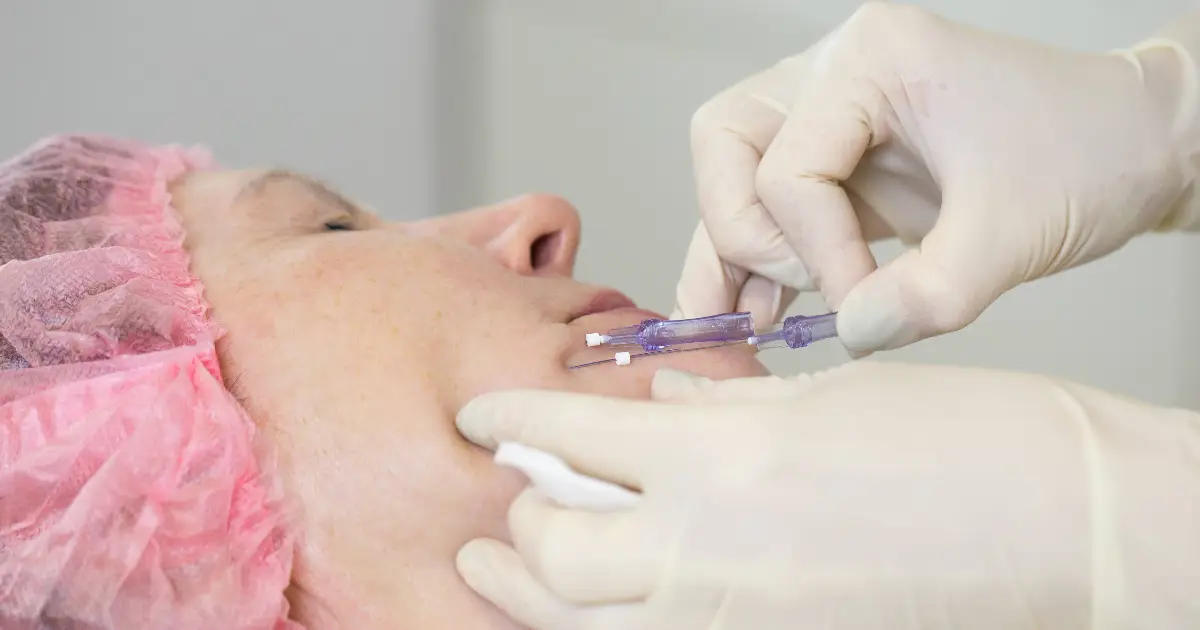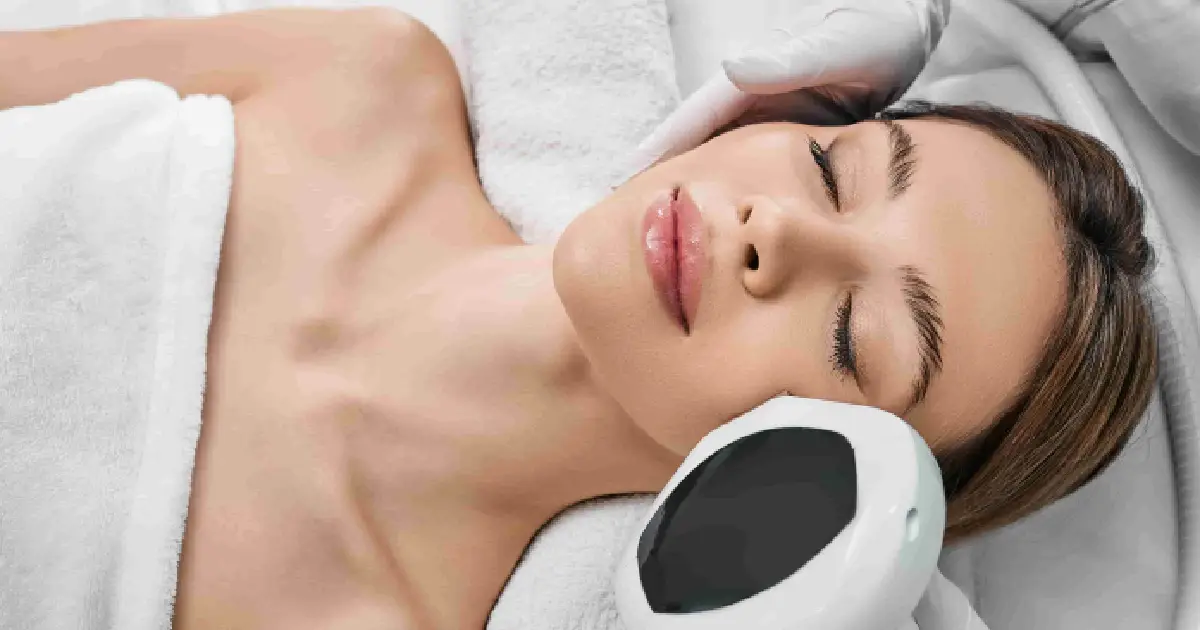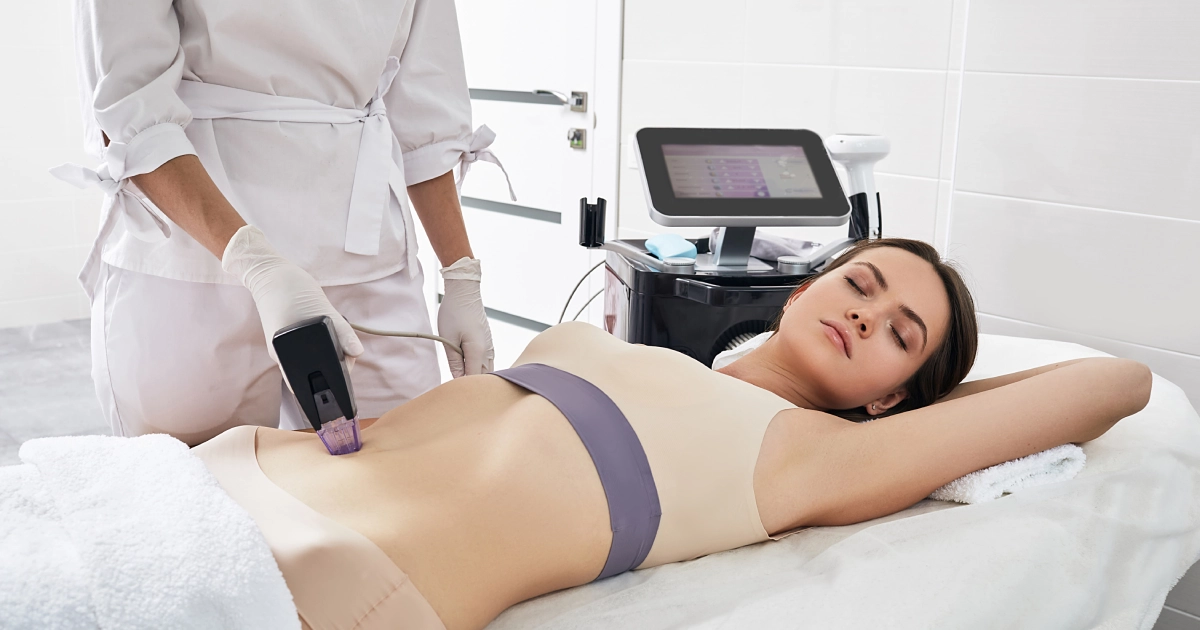Signs of aging such as wrinkles, frown lines, scowl lines, crows’ feet, and other types of lines underneath your face is a natural process of your body over time. We cannot stop or reverse the process of aging, but age-defying treatment can be a very great help to regain the youthful glow of your skin.
And the great news is, we can fight signs of aging with different kinds of procedures such as Botox and Dysport treatment! These two treatments have both shared the same goal, to address common skin issues (signs of aging). These injectable medicines are FDA- approved products that relax your facial muscles to eliminate wrinkles, frown lines, crow’s feet, and forehead lines.
You want to know about the differences between Botox and Dysport? Continue reading this article to learn some amazing facts about these treatments!
What is Botox?
Botox treatments are used primarily to reduce the appearance and visibility of facial wrinkles. It is a medication derived from a bacterial toxin, is commonly injected to ease wrinkles, migraines, muscle spasms, excessive sweating, and incontinence.
In 1989, Botox injection was firstly approved by the FDA for the treatment of blepharospasm and other eye muscle problems. While in 2002, the FDA permitted the use of Botox for treating moderate to severe frown lines underneath the eyebrows. Also, FDA allowed Botox to treat the wrinkles around the corners of the eyes (crow’s feet) in the year 2013.
Moreover, recent research, published on July 30, 2020, in Scientific Reports, discovered that people who received Botox injections — at six different sites, not just in the forehead — reported depression significantly less often than patients undergoing different treatments for the same conditions.
What is Dysport?
Dysport works the same way as botox. It is mostly known as a form of wrinkle treatment. It’s a type of botulinum toxin that paralyzes certain muscles in the forehead so they can’t move, thus preventing wrinkles from forming and soften existing lines over time. It is also considered noninvasive. FDA also approved Dysport to treat moderate to severe glabellar lines between the eyebrows, known as frown lines.
According to a clinical study conducted by Dysport Real-world Evaluation and Measured satisfaction (DREAM) 2020, patients were highly satisfied with the twice-annual treatment of Dysport. Nearly all patients (95%) reported being highly satisfied or satisfied, and 97% said the treatment appeared natural at 12 months. Also, 98% of subjects said they were more accepting of themselves and would be interested in receiving the same treatment again at 12 months.
BOTOX AND DYSPORT: HOW ARE THEY ALIKE?
Since 2002 the FDA has approved Botox for cosmetic use. It has become one of the most widespread and common injectables for treating forehead lines, fine lines, and “crow’s feet” around the eyes. Hereafter, Dysport entered the U.S. market in 2009 but then was used in Europe as an alternative to Botox for more than a decade.
1. Safety
Equally, Dysport and Botox are considered safe for qualifying patients. Most patients experience temporary side effects, including slight pain, numbness, and headaches, but they are much tolerable.
2. Convenience
Dysport and Botox treatments are extremely convenient. Both processes are relatively painless. Also, the procedure is quick and comfortable. The good news is that there is no need for hospitalization. All work is done at your doctor’s office. You can leave immediately right after the treatment, and you may go back to work as much as you want!
3. Efficacy
Both Dysport and botox are effective in fighting the signs of aging. In a study, Dysport was discovered to be over 80 percent successful in treating temporary wrinkles. Same with Botox treatment, It was found out in a 2016 clinical study that Botox is effective, simple, and safe for the reduction of forehead wrinkles.
4. Both Botulinum toxin
A Botulinum toxin is a purified substance that’s originated from bacteria. Injections of botulinum toxin will block the nerve signals to the muscle that let it not able to contract. The end result is unwanted facial wrinkles or appearance is lessened. Moreover, Botox is the product name for a specific type A botulinum toxin, called onabotulinumtoxinA (ONA), while Dysport is the alternative name for another type of A botulinum toxin, called abobotulinumtoxinA (ABO).
BOTOX AND DYSPORT: HOW ARE THEY DIFFER?
1. Usage
Botox and disport have differed in terms of areas in which they are approved for use. Dysport is mostly used for rectifying glabellar lines, the frown lines between your eyebrows. It is a great choice for those who have moderate to severe frown lines.
On the other hand, Botox can be used to treat various types of wrinkles, including crow’s feet, forehead wrinkles, and laugh lines. If you have noticed mild to moderate wrinkles, Botox may be a better option for you.
2. Concentration
In terms of concentration, Dysport is known to be more dilated than Botox. The difference in concentration usually occurs because Dysport has smaller protein molecules that are less expected to be broken down by antibodies, making the effects of Dysport shots quite desirable for patients.
3. Dosage
There is one significant difference between Botox and Dysport: they are dosed differently. The ratio is 3:1. Three units of Dysport are needed to equal the strength of one unit of Botox to relax the muscle. This difference is very significant. 30 units of Botox does not equal 30 units of Dysport. It is a must that you see a professional doctor for a proper procedure.
4. Results
Effects of disport can be shown a couple of days after the treatment. Results may last between three to four months, while in Botox treatment, you may see the effects within a week. Thus the result may last up to six months.
Botox and Dysport work similarly and have the capacity to provide similar results. Thus the choice is in your hand! Want to become the best version of yourself? Contact us and book today! Wilson Aesthetics offers the best service and best treatments for all types of skin!


